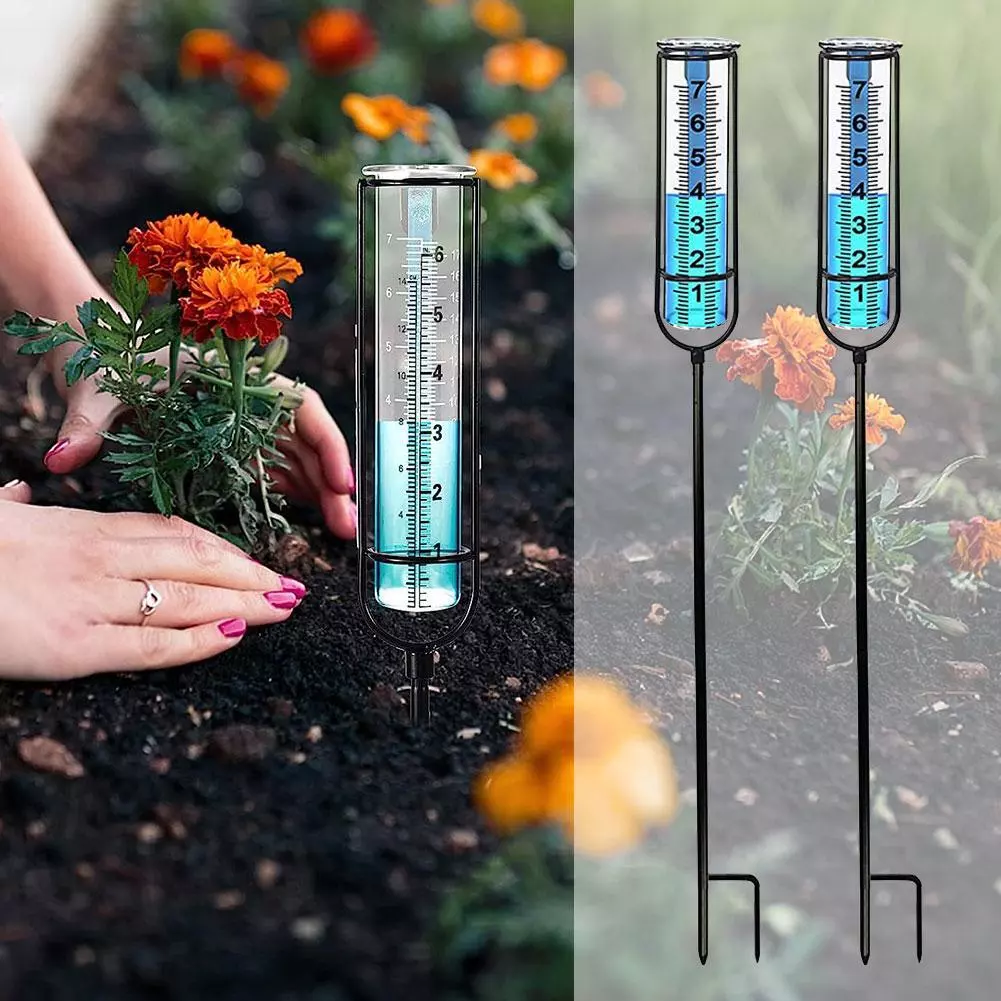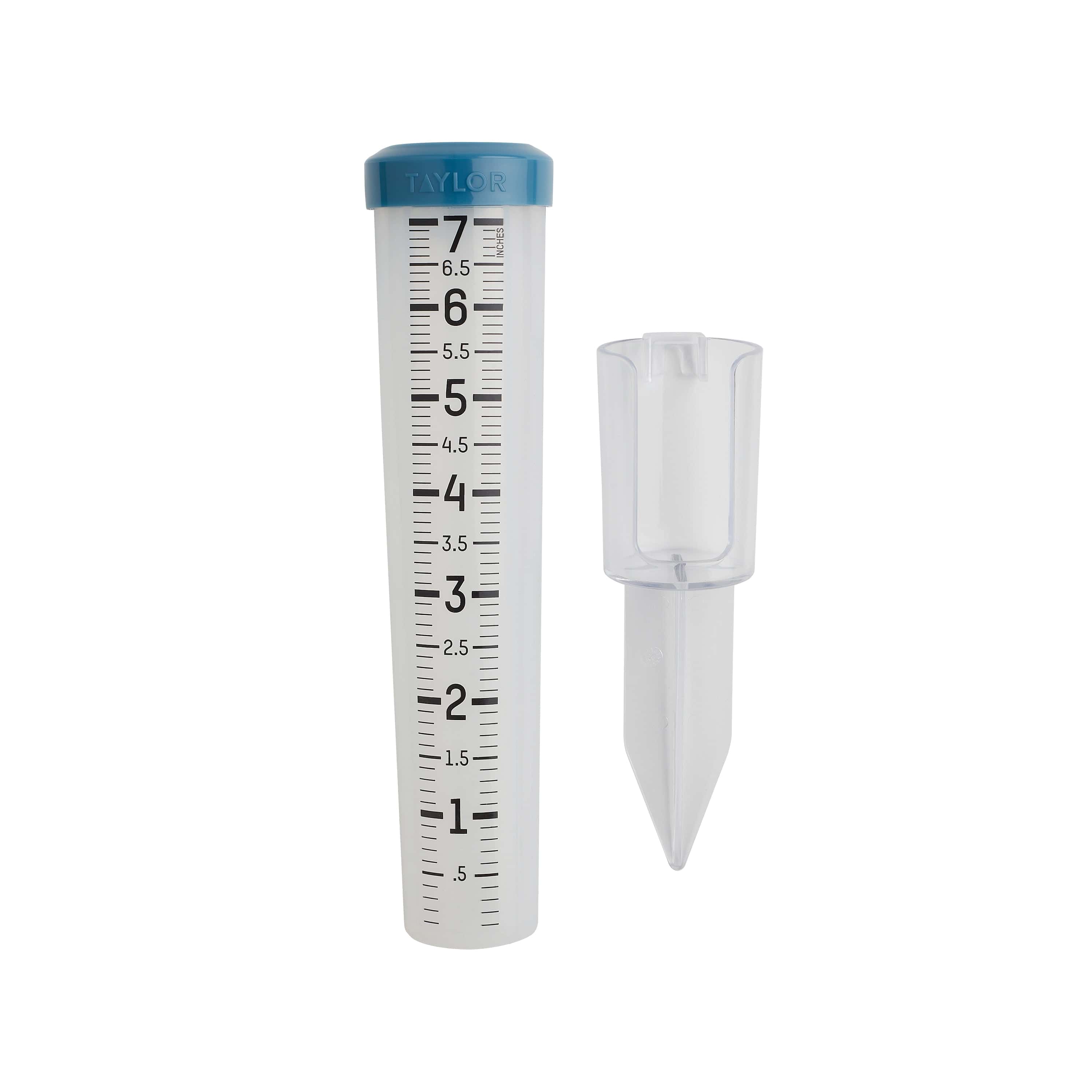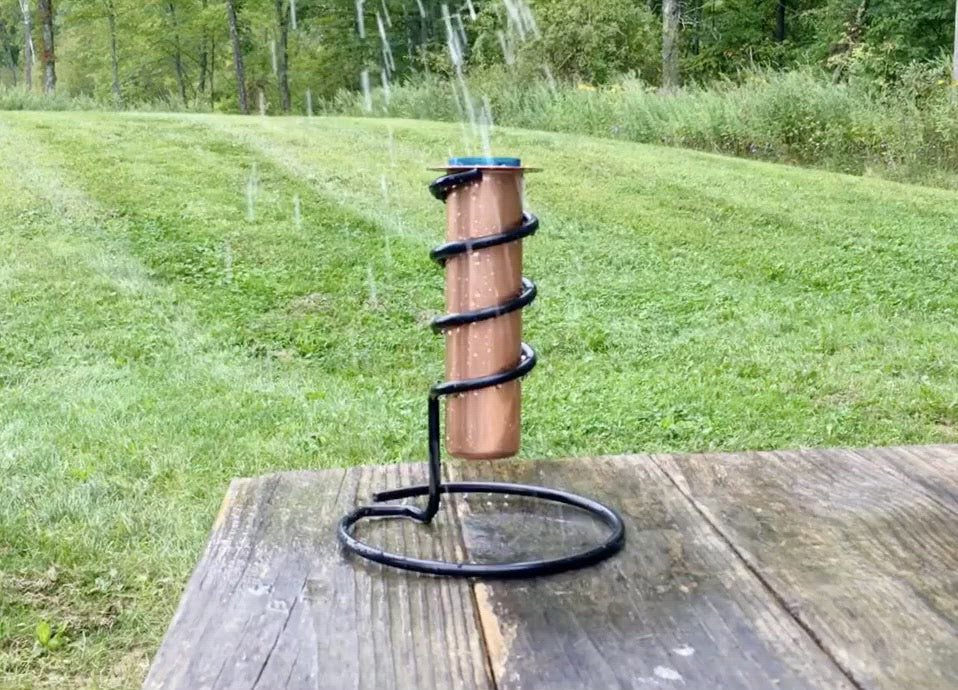The Rain Gauge: Encouraging Communities with Exact Rainfall Data
The Rain Gauge: Encouraging Communities with Exact Rainfall Data
Blog Article
How to Select the Right Rain Scale for Accurate Rainfall Data
Precise rainfall information is critical for various markets and tasks, such as water, farming, and weather forecasting source administration. To obtain trusted measurements, it is necessary to pick the best rainfall gauge. This overview intends to give useful understandings right into the choice process, permitting you to make educated choices. Considering variables such as area, type, and accuracy of the rain gauge will aid make sure precise information collection. Additionally, understanding the upkeep and calibration procedures will certainly add to the long life and dependability of your rainfall gauge. By following these guidelines, you can guarantee precise rainfall data, enabling much better decision-making and preparation for different applications.
Importance of Choosing the Right Rainfall Scale
The relevance of choosing the right rain gauge depends on acquiring reputable and accurate rainfall data for precise meteorological evaluation. Rain data is vital for a wide variety of applications, consisting of weather projecting, hydrological modeling, and environment research. Inaccurate or unstable data can cause erroneous final thoughts and flawed decision-making procedures.

Second of all, the accuracy and accuracy of the rain gauge are vital. The scale must be able to determine rains with high accuracy, catching even tiny amounts of precipitation precisely.
Moreover, the location and installment of the rainfall scale are vital considerations. It needs to be positioned in an open area, away from obstructions that could affect rainfall measurements. The gauge ought to be positioned at a proper elevation and angle to avoid splashing and make sure proper catchment of rainwater.
Aspects to Think About When Picking a Rain Gauge
When selecting a rain scale, there are several key elements to take into consideration. There are various types available, including common rain gauges, tipping bucket rainfall evaluates, and considering rain determines.
Another aspect to consider is the material of the rain scale. Rainfall assesses can be made of different products, such as plastic, metal, or glass. The material chosen should be resistant and resilient to weather conditions, making sure that the rainfall scale will endure the aspects and offer accurate dimensions with time.
Precision is also a vital factor to consider. Look for rainfall assesses that have been calibrated and examined for accuracy. Attributes such as anti-splash rings and funnels can also improve the accuracy of the dimensions.

Lastly, think about the environment and environment in which the rainfall scale will be made use of. Various rain gauges are ideal for various climates, so it is very important to choose one that is ideal for the problems in your area.
Various Kinds of Rainfall Evaluates Readily Available
To additionally check out the elements to think about when choosing a rain gauge, it is vital to recognize the various types of rainfall gauges available. The most typical type is the standard rain gauge, additionally known as the round rain scale.
An additional kind of rainfall gauge is the tipping bucket rain scale. This gauge makes use of a seesaw-like system to gather and measure rainfall. As the rain comes under the gauge, it fills up one side of the container, creating it to clear the water and tip. The variety of tips is counted digitally to identify the amount of rainfall. Tipping bucket rain assesses are popular for their accuracy and capacity to gauge rainfall intensity.
A third kind of rainfall scale is the weighing rain scale. As the rain drops into the scale, it is accumulated in a container connected to an equilibrium.
Ultimately, there are additionally remote rainfall determines that use advanced modern technology to determine rainfall (The Rain Gauge). These evaluates use sensing units and click now transmitters to send information wirelessly to a main system. Remote rainfall evaluates are practical for keeping track of rains in hard-to-reach areas or for large information collection
How to Figure out the Accuracy of a Rainfall Scale
One method to assess the precision of a rainfall gauge is by carrying out normal calibration measurements. Calibration involves comparing the analyses of a rainfall scale to a conventional measurement, such as a certified rain gauge or a weather condition terminal with high precision. By contrasting the dimensions, any type of inconsistencies or mistakes in the rain scale can be determined and accounted for.
To conduct a calibration dimension, start by accumulating rainfall information from both the rain gauge and the basic dimension device over a details period, such as a month. After that, compare the readings and calculate the difference in between them. This difference is referred to as the calibration error.
It is essential to note that calibration measurements need to be done frequently, as ecological elements, such as debris, wind, and temperature, can influence the accuracy of the rainfall gauge over time. By performing routine calibrations, any adjustments in the accuracy of the rainfall gauge can be found and adjustments can be made accordingly.
Along with calibration, it is also advised to clean and preserve the rainfall scale consistently to guarantee its precision. Get rid of any type of debris or blockages that may influence the accuracy of the dimensions, and look for any type of signs of damage or wear that might call for repair work or replacement.
Tips for Maintaining and Calibrating Your Rain Gauge
Regular maintenance and calibration are critical for making sure the accuracy and reliability of your rain gauge in determining rainfall data (The Rain Gauge). By complying with a check my source few straightforward ideas, you can ensure that your rainfall scale is appropriately kept and adjusted
To start with, it is necessary to clean your rain gauge frequently to prevent any type of particles or dirt from blocking the rainfall collection system. Make use of a mild cleaning agent and a soft brush to gently cleanse the within and exterior of the gauge. Rinse it completely with clean water and permit it to dry entirely before re-installing it.
Second of all, it is suggested to calibrate your rain gauge at the very least annually. Calibration involves contrasting the measurements of your rain scale with those of a relied on and accurate reference gauge. This will certainly aid you recognize and remedy any type of potential errors in your rain gauge's measurements.
To calibrate your rain scale, collect a known volume of water using a measuring container more information and contrast it with the dimensions taped by your rainfall scale. Change the analyses appropriately to guarantee precision.

Verdict
To conclude, choosing the right rainfall scale is essential for obtaining exact rains data. When choosing a rainfall scale, aspects such as spending plan, location, and function must be considered. There are different sorts of rain gauges readily available, each with their own benefits and restrictions. It is essential to regularly maintain and adjust your rain gauge to guarantee its accuracy. By following these guidelines, precise rains data can be gotten for numerous applications.
There are various kinds offered, consisting of conventional rain gauges, tipping bucket rain assesses, and evaluating rain evaluates.To additionally explore the factors to consider when choosing a rain gauge, it is vital to recognize the various kinds of rainfall determines available. The most usual type is the conventional rain scale, also understood as the round rainfall gauge.An additional kind of rain scale is the tipping pail rainfall gauge. Calibration includes comparing the readings of a rainfall gauge to a common dimension, such as a licensed rain scale or a weather terminal with high accuracy.
Report this page